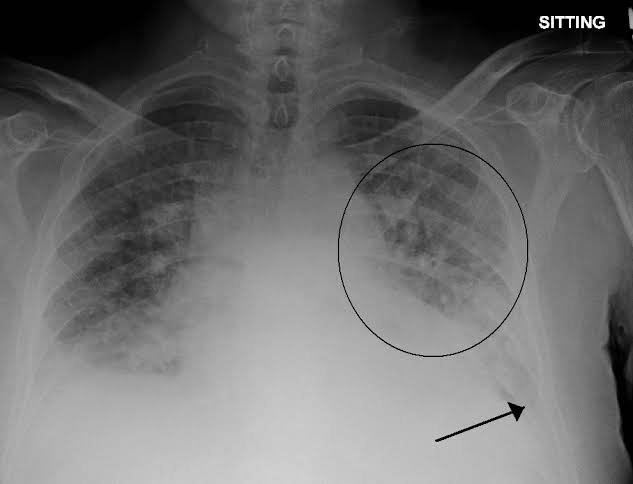Rapaport Leubering Cycle
- Also called as BPG SHUNT is a supplementary pathway to glycolysis which takes place in RBCs
- About 15-20% of glucose that gets converted to lactate in erythrocytes goes via 2,3-BPG synthesis
- Bis phosphoglycerate mutase is a bifunctional enzyme with both phosphatase and mutase activities
- Energetics:
- Total ATP generated= 2
- Total ATP consumed=2
- Thus net ATP generated=0
- Here 2,3-biphosphoglycerate is synthesized in the RBC by bypassing the 1,3-BPG kinase step (thus also bypassing one Substrate Level Phosphorylation)

SIGNIFICANCE OF 2,3-BPG
- 2,3-BPG binds to hemoglobin and reduces its affinity towards Oxygen. Thus is presence of 2,3-BPG, oxyhemoglobin will unload oxygen more easily in tissues. Thus oxygen dissociation curve shifts to the right
- Due to its phosphate content, it helps in maintaining buffering action inside RBC
- In hypoxic conditions like high altitude, anemia there is increase in 2,3-BPG concentration in RBC which favors release of oxygen to the tissues even when pO2 is low
- Fetal hemoglobin has very less affinity towards 2,3-BPG as compared to adult RBC, thus increasing placental transfer of Oxygen to fetus
- In COPD patients, less oxygen is delivered to tissues thus compensatory increase in 2,3-BPG occurs
- The net ATP generated from this shunt is zero
- Hexokinase deficiency, glucose is not phosphorylated. Thus synthesis and concentration of 2,3-BPG is low in RBC whereas in pyruvate kinase deficiency, 2,3-BPG concentration is high thus low oxygen affinity





